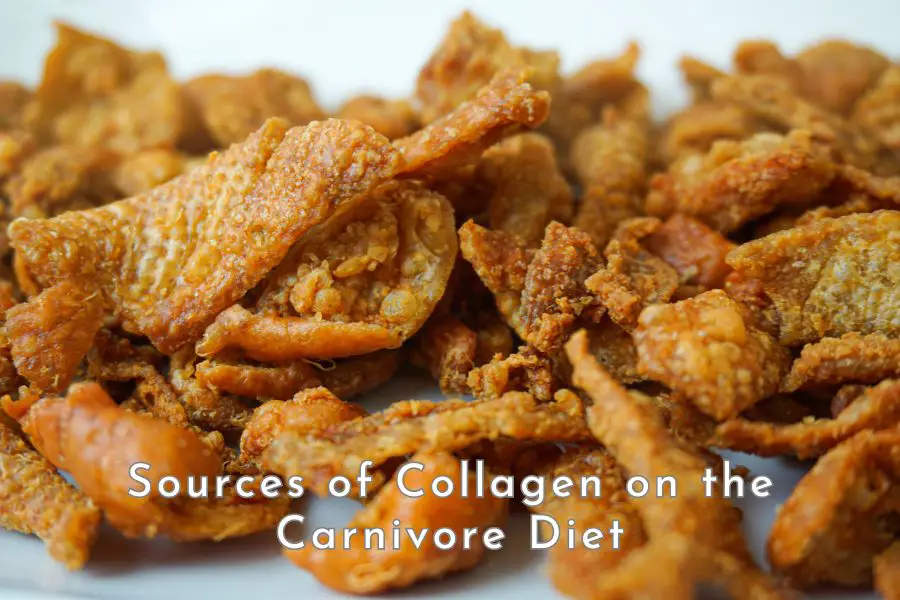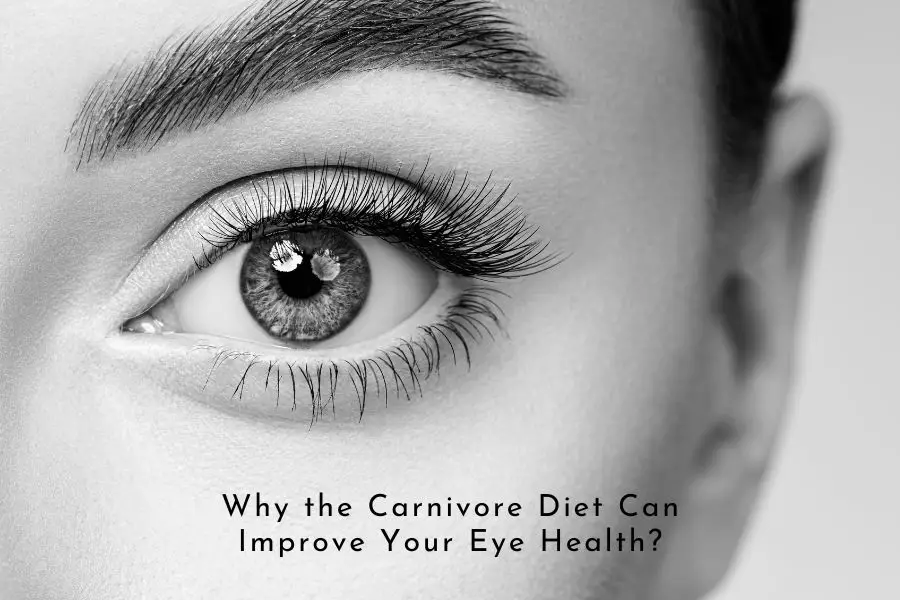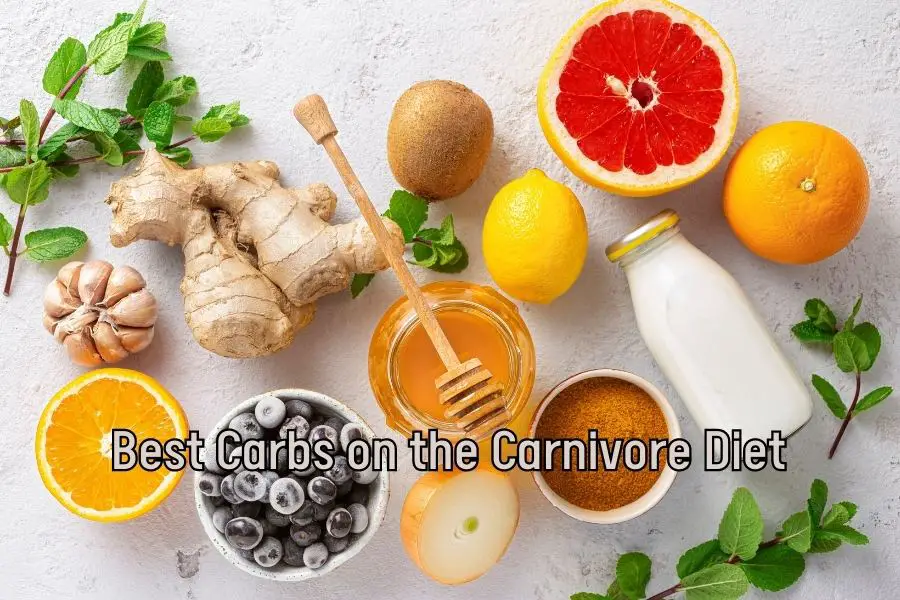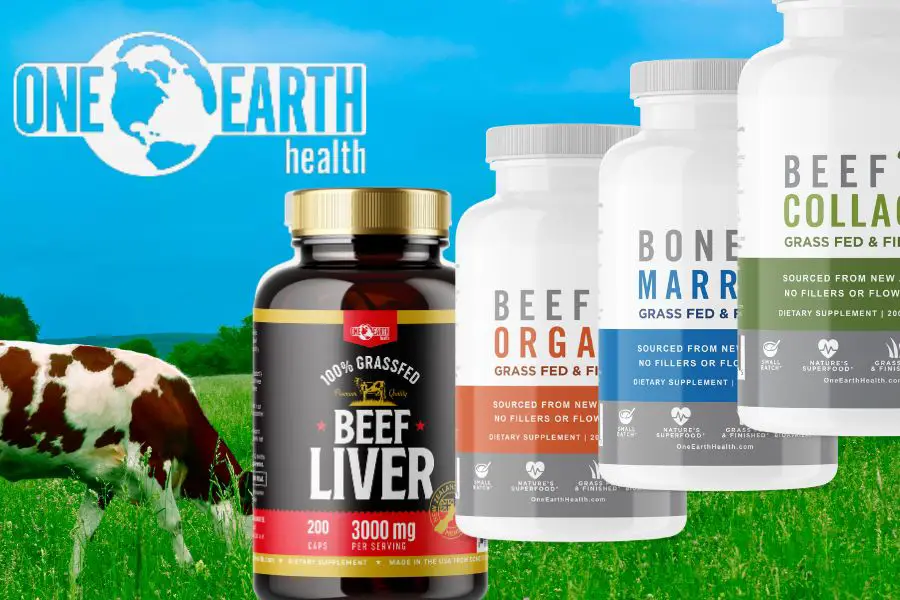A Comprehensive Beginner’s Guide to the Carnivore Diet
This website is reader-supported meaning when you make purchases through our links, at no additional cost to you (and sometimes with significant savings), we may earn a commission. Thank you very much for your support!
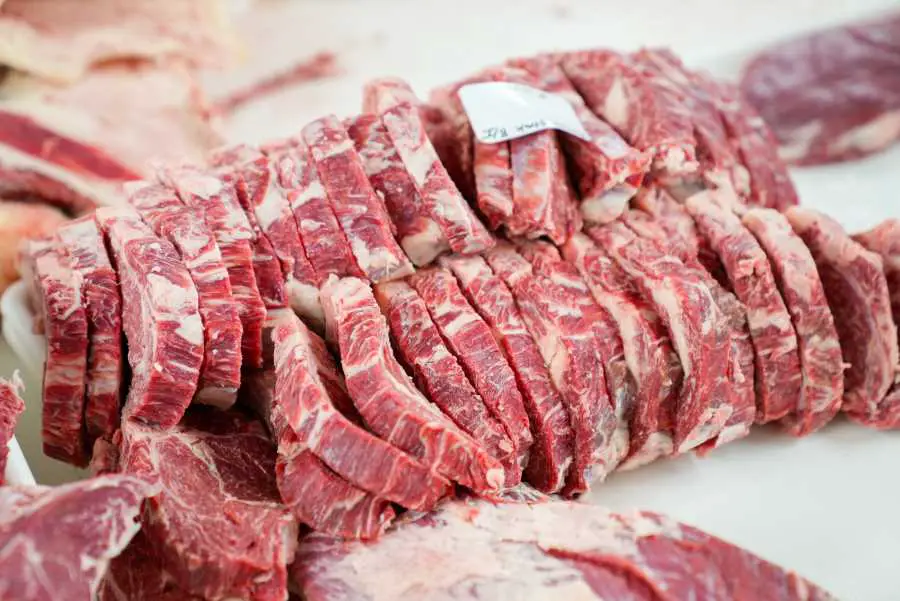
Content
- What is the carnivore diet?
- Is the carnivore diet healthy?
- Is the carnivore diet safe?
- What are the pros and cons of the carnivore diet?
- How to eat healthily on the carnivore diet?
- What to eat on the carnivore diet?
- What to drink on the carnivore diet?
- How to start an elimination diet ‘carnivore style’?
- How to start the carnivore diet?
- How to deal with adaptation issues?
1. What Is the Carnivore Diet?
A carnivore is an animal that eats meat, therefore, strictly speaking, by definition, someone who is on the carnivore diet will just eat animal-based foods and no plants.
You can eat the following foods when on a strict version of the carnivore diet:
- Ruminants (e.g. beef, lamb, goat, buffalo, venison, bison, etc.)
- Pork
- Poultry (chicken, turkey, duck, goose, etc.)
- Seafood (salmon, barramundi, mackerel, cod, eel, tuna, fish roe, crabs, crayfish, lobsters, shrimps, octopus, oyster, squid, clam, scallop, etc).
However, a broader version of the carnivore diet includes food sourced from animals and you can eat the following foods:
- Ruminants (e.g. beef, lamb, goat, buffalo, venison, bison, etc.)
- Pork
- Poultry (chicken, turkey, duck, goose, etc.)
- Seafood (salmon, barramundi, mackerel, cod, eel, tuna, fish roe, crabs, crayfish, lobsters, shrimps, octopus, oyster, squid, clam, scallop, etc).
- Dairy (milk, yogurt, kefir, cheese, cream, and butter)
- Eggs
- Honey.
On an ancestral version of the carnivore diet or carnivore adjacent version, you can eat all animal-sourced foods (ruminants, pork, poultry, seafood, eggs, dairy, and honey) plus some occasional fruits, nuts, and vegetables in season.
This way of eating mimics the way our ancestors ate. They were scavengers, hunters, and gatherers. They ate a heavily meat-based diet, but were also supplemented with plant foods for survival when animal-sourced foods were not readily available.
Choosing which versions of the carnivore diet to follow depends upon your health conditions and your goals.
If you have food intolerance issues or health problems (autoimmune conditions, gut problems, skin problems) that you suspect food to be food-related, the strict version of the carnivore diet is probably the best one to follow.
Start with just beef and other ruminant meat and their organ meat, salt, and water until your health problems are resolved, and then introduce other foods one by one to test out.
However, if you are healthy, have no food intolerance issues and just want to try to improve your health, I think the ancestral version of the carnivore diet is a great way to go. It’s much easier to follow and more socially acceptable.
If you have a steak with a bit of vegetable garnish, you are unlikely to face questions, stares, and rolled eyes compared to when you have a steak only.
2. Is the Carnivore Diet Healthy?
Based on available evidence, the carnivore diet is definitely a healthy diet because:
- It can provide all nutrients that a human body ever needs. In particular, the carnivore diet foods:
- Provide you with the best source of complete proteins. Animal proteins provide you will all 9 essential amino acids while plant proteins generally lack one or two essential amino acids
- Give you all essential vitamins and minerals. You can find all essential vitamins and minerals that your body needs from animal food, from iron, calcium, and phosphorus to vitamin K2 and vitamin C
- Are highly bio-available. Unlike plant food, animal food doesn’t have anti-nutrients or plant compounds that hinder digestion. Some plant food may be very high in certain nutrients (e.g. spinach is high in calcium) but the absorption rate is very poor due to the presence of those anti-nutrients
- Are free from plant toxins. Plant food can be very nutritious but because plants don’t want to be eaten, plant food comes with many plant toxins or natural pesticides that plants produce to defend themselves. For some people, plant toxins are the causes of many health problems, and simply cutting out all plant food immediately puts their diseases into complete remission
- Give you a healthy source of fuel. If you follow the Dietary Guidelines for Americans and get 45%-65% of your energy from carbohydrates, you will rely on carbohydrates for fuel. Regardless of the kind of carbs you eat, they are all broken down into sugar once consumed. Carbs have lower satiety levels and sugar spikes insulin. The constant influx of sugar will eventually lead to insulin resistance and other metabolic syndromes. Replacing carbs with fat, which has a negligible impact on insulin levels, will reduce the risks of metabolic syndromes.
- Our ancestors not only survived but thrived on a mostly meat-based diet. If eating meat is unhealthy and causes cancer, heart disease, high blood pressure, gout, and other health problems as health authorities have been telling us, our ancestors would have been plagued with so many health problems. The fact that they not only survived but thrived on this diet tells us otherwise.
- Some modern-day groups who eat a largely meat-based diet also appear to be doing well health-wise.
For a more in-depth look at why the carnivore diet is healthy including evidence, please read this post.
3. Is the Carnivore Diet Safe?
Meat has been demonized in the media but if you would like to start eating this way, here is the fact: the carnivore diet is perfectly safe. This is because:
- There is no risk of malnutrition if you do it the right way
- There is no evidence that meat causes cancer, heart disease or diabetes
- Our ancestors were hyper-carnivores for 2 million years and they not only survived but thrived on a heavily meat-based diet.
There is no risk of malnutrition
There is no risk of malnutrition on the carnivore diet if you do it properly, i.e. if you eat a wide variety of animal source foods, eat nose-to-tail, eat from naturally or well-raised animals, eat unprocessed foods and eat both cooked, lightly cooked, or raw foods (see below for more detail on these eating principles).
Animal source foods can provide all nutrients that a human body ever needs, from complete proteins for muscle synthesis, good fats for energy, and essential vitamins and minerals for all growing and maintenance needs.
I challenge you to find an essential nutrient that your body needs that you can’t find amongst animal-sourced foods.
You can get sufficient vitamin C, calcium, vitamin K, vitamin A, and folate from animal-source foods (please read this post for more information).
Although there is zero fiber on the carnivore diet, despite what you may have been told all your life, fiber is not needed. Fiber has no nutritional value, does not improve bowel function, or provides any proven health benefits. In contrast, eliminating fiber has actually been found to be beneficial to secretion. Please this post for more information on why you don’t need fiber on the carnivore diet.
Meat does not cause cancer nor is linked to other health problems
Many studies that link higher meat consumption with increased health risks are epidemiological studies or observational studies that can only show association and cannot prove causation.
For example, one may observe a high correlation between ice cream sales and deaths from drowning. However, clearly, ice cream sales do not cause drownings or vice versa. Correlations or association does not equal causation.
A rigorous review of current evidence by a 14-member international team led by Dalhousie University and McMaster University in Canada and published in the Annals of Internal Medicine in 2019 recommends that adults continue their current unprocessed red meat consumption and current processed meat consumption.[1]
The recommendations were developed using the Nutritional Recommendations guideline development process, which includes rigorous systematic review methodology, and grade methods to rate the certainty of the evidence for each outcome and to move from evidence to recommendations.
Team leader, Bradley Johnston an associate professor of community health at Dalhousie University said that “Based on the research, we cannot say with any certainty that eating red or processed meat causes cancer, diabetes or heart disease”.[2]
Professor Johnston also noted that “Among 12 randomized control trials enrolling about 54,000 individuals, we did not find a statistically significant or an important association in the risk of heart disease, cancer, or diabetes for those that consumed less red and processed meat”.
Animal fat does not cause heart disease
Despite what you have been told or heard about the bad ‘saturated fat’, there is no credible evidence of a significant association between saturated fat intake and cardiovascular risk. Instead, saturated fat has been found to have protective benefits.[3, 4]
Furthermore, replacing saturated fats with carbohydrates or omega-6 polyunsaturated fats has made things worse. An increase in carbohydrate consumption is found paralleling the increased incidence of diabetes and obesity in the US, while replacing saturated fats with polyunsaturated fats may increase the risk of coronary heart disease, cardiovascular events, death due to coronary heart disease, and overall mortality.[5]
A landmark systematic review and meta-analysis of observational studies up to 2017 showed no association between saturated fat consumption and (i) all-cause mortality, (ii) coronary heart disease, (iii) coronary heart disease mortality, (iv) ischaemic stroke or (v) type 2 diabetes in healthy adults. [6, 7]
In addition, a systematic review of 15 randomized controlled trials with 59,000 participants found no significant benefit from reducing saturated fats on heart attacks, strokes and all-cause mortality.[8]
Our ancestors were hyper-carnivores who thrived on a meat-based diet
Extensive evidence from human physiology and genetics, archeology, paleontology, and zoology indicates that our ancestors were hyper-carnivorous apex predators that ate mostly meat from large animals for 2 million years.[9]
If a heavily meat-based diet causes cancer, heart disease, diabetes, and premature death, humans probably would have been wiped out a very long time ago.
If a heavily meat-based diet is fundamentally deficient in nutrition in some way, we definitely wouldn’t have flourished and been where we are today.
Opponents of the carnivore diet often cite the lack of scientific evidence backing the health benefits experienced by carnivore dieters. Well, what evidence can possibly beat 2 million years of history of humans eating meat and thriving?
As a result of millions of years of the evolutionary process, the human body has been well adapted to a meat-based diet. Continuing to feed it what it is designed to eat is the most sensible course of action.
In a survey of 2029 people who self-reported that they had been on the carnivore diet for at least 6 months, an overwhelming majority of the participants reported improvements in chronic conditions and a reduction in medication usage.

4. What Are the Pros and Cons of the Carnivore Diet?
THE PROS OF THE CARNIVORE DIET
- It provides you with all the nutrients your body ever needs in a highly bio-available form. It is also free from plant toxins and metabolically healthy.
- It can help solve many health problems such as inflammation, autoimmune, gut issues, and overweight and obesity.
- It is super simple. Eat animal source foods and drink water, full stop. No calorie, macro and micronutrient counting is needed. Shopping and cooking are also quick and easy.
- It is cost-effective. You will save a lot of money on food and drinks by eating this way. If your health improves on this diet, you will save money on health care costs too.
THE CONS OF THE CARNIVORE DIET
- There is a risk of malnutrition if you don’t do it properly, for example, not eating a variety of animal-source foods and not eating nose-to-tail.
- There is an absence of dietary acute stressors in the form of plant anti-nutrients which can help make your body more resilient and stronger.
- There is a lack of metabolic flexibility if you are on a meat-only diet and have no carbohydrates and no plant foods for a long time.
- It may be difficult for you to fit in socially.
If you would like to find out more about the pros and cons of the carnivore diet and decide for yourself if this diet is right for you, please check out this post.
5. How to Eat Healthily on the Carnivore Diet?
Like any other diet, there are healthy and unhealthy versions of the carnivore diet.
To get the best out of this diet, follow closely the five healthy eating principles below which emulate the way our ancestors did for millions of years:
- Eat from a wide variety of animal sources to ensure sufficient nutrients. Eat meat (beef, lamb, goat, bison, pork, chicken), seafood, eggs, liver, bone marrow, bone broth, other organ meat, butter, cream, yogurt, tallow, etc.
- Eat nose-to-tail or as many different parts of an animal as possible. Eating this way will minimize waste while ensuring you have all the necessary materials you need to build a perfectly healthy human body
- Eat from naturally or well-raised animals as much as you can afford (e.g. grass-fed ruminants and pasture-raised pork and chicken)
- Eat unprocessed or minimally processed foods to preserve nutrients and minimize additives
- Eat both cooked and raw if it’s safe and you can tolerate it because some nutrients can be destroyed due to prolonged cooking.
For more information on why you should eat this way, please check out this post.
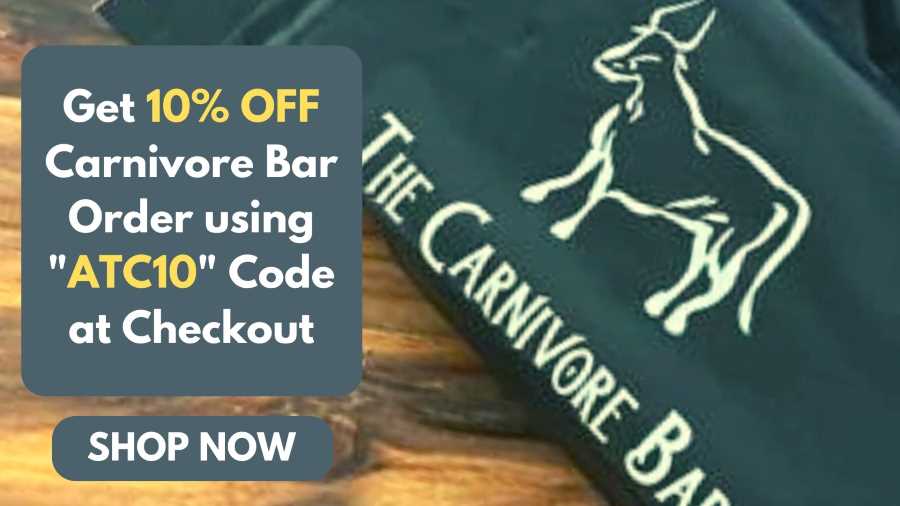
6. What to Eat on the Carnivore Diet?
A short answer to this question is on the carnivore diet you can eat all animal-source foods that your body can handle and make you feel good.
It could be ruminant meat only for some. It could be all the foods from the animal kingdom for others. Or it could include a small amount of seasonal vegetables occasionally for those who can handle them well.
Apart from trying to follow the five healthy eating principles listed above, as a general guide:
- Your go-to food on the carnivore diet should be meats and organ meats from ruminants like beef, lamb, goat, bison, buffalo, elk, etc. This is because ruminants, even grain-fed ones have better nutritional profiles. For example, their fat composition is better than commercially raised pork and poultry which have a high level of polyunsaturated fat and poor omega 6 to omega 3 ratios.
- Get fatty cuts. On the carnivore diet, animal fat is your main source of fuel. Rib-eye steaks are good but so is ground beef which according to Dr. Ted Naiman has a perfect protein-to-non-protein energy ratio of approximately one.[9]
- If you can’t afford ruminant meats, or like pork and poultry more but can’t afford to buy pasture-raised, focus on lean cuts of meat to limit your polyunsaturated fat (omega 6) intake which has been found to be bad for your health.[10]
If you want to know more about what you can eat on the carnivore diet, here are links to carnivore diet food lists and why you should eat those particular foods on the carnivore diet.
7. What to Drink on the Carnivore Diet?
Two kinds of drinks that are the best on the carnivore diet are water and bone broth (a super-easy bone broth recipe is available here).
Alcohol, tea, coffee, and energy drinks are not allowed, they are not good for you anyway.
Alcohol is bad for your health. A global study finds no amount of alcohol, not even a glass of wine, is safe. [11]
Energy drinks have a large amount of caffeine and sugar.
Tea and coffee have caffeine and contain anti-nutrients. Coffee also has acrylamide, a byproduct of the roasting process, which is a neurotoxin.[12]
If you can give up coffee, tea, alcohol, etc, please do. If you don’t want to give up or can’t, please try to limit consumption. After all, many people want to stick to their coffee, tea, or herbal drinks while adopting the carnivore diet and still report huge benefits from it.
For a more in-depth look at what to drink on the carnivore diet, please check out this post.
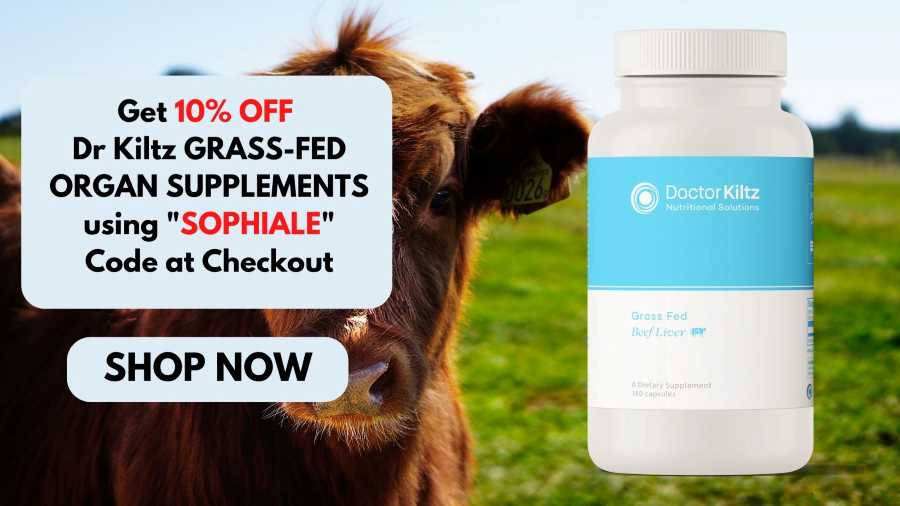
8. How to Start an Elimination Diet “Carnivore Style”?
As the carnivore diet is a diet that includes only animal-based foods, when you are on this diet, strictly speaking, you have to eliminate all plant-based foods such as fruits, vegetables, grains, legumes, and nuts.
Many people start the carnivore diet in the hope of fixing their medical issues, such as food intolerance, autoimmune or hormonal issues. If this is your motive, you may need to further eliminate groups of animal-based foods that cause your health problems. For example, some people may have reactions to dairy, eggs, or poultry.
There are two ways to start the carnivore diet: the pyramid method and the inverted pyramid method.
The pyramid method
Under this method, you start with where you are now, i.e. at the base of the pyramid and gradually eliminate plant-based foods and other troublesome animal-based foods over time.
For example, you may follow the steps below:
- Step 1: Eliminating all soft drinks, processed foods of all kinds and seed oil
- Step 2: Eliminating grains and high sugary fruits
- Step 3: Eliminating all remaining plant-based foods
- Step 4: Eliminating dairy products
- Step 5: Eliminating pork and poultry
- Step 6: Eliminating eggs.
By the end of step 6, what you’re left with is just ruminant meats and organ meats.
After this elimination process is completed, you may want to add back one food at a time and see how your body reacts.
The advantage of this method is it is more gentle on your body as it allows your body time to detox and adjust to the new diet. Adaptation problems, therefore, are less likely to be severe.
The disadvantage of this method is it takes time to see the result. For some, not seeing the immediate amazing results that others have been talking about may be too discouraging that they end up giving up too early.
The inverted pyramid method
Under this method, you start at the apex of the pyramid with just one food group that you feel the safest and gradually add more food groups back over time and see if your body is okay with them. For example:
- Step 1: Eat only beef and eliminate everything else
- Step 2: Add organ meat from ruminants
- Step 3: Add pork
- Step 4: Add poultry
- Step 5: Add eggs
- Step 6: Add dairy
The advantage of this method is it is quick to see the results.
The disadvantage of this method is you are likely to have to deal with a series of adaptation issues like severe headaches and diarrhea all at once which sometimes can be impossible to cope with. For example, if you have a corporate job with a busy daily schedule, it’s not easy to deal with non-stop diarrhea for a couple of weeks.
Whatever method you want to try out, please consult with your doctor and get tested before starting.
9. How to Start the Carnivore Diet Step-By-Step?
Step 1 – Set a clear goal
Ask yourself why you want to start the carnivore diet, whether it is to resolve a health issue, for weight loss, for general well-being or just pure curiosity.
Decide how long you want to do it for, whether it’s only one week, one month, three months or you are switching to it for good if it works out for you.
To make it not too intimidating, you can just aim for 30 days. At the end of 30 days, reassess and decide what to do next.
Dr. Shawn Baker started experimenting with the carnivore diet by having occasional carnivore days when he only ate eggs, bacon, seafood, steaks, and hamburgers.
He felt much better on those days than on days he ate normal foods. He then began to have more carnivore days and decided to do a 30-day carnivore challenge in late 2016. And he has stuck with the carnivore diet ever since.
Step 2 – Select your elimination approach
As mentioned above, you have two methods to eliminate all plants from your diet: the pyramid method and the inverted pyramid method.
Under the pyramid method, you start with where you are now, i.e. at the base of the pyramid and gradually eliminate plant-based foods and other troublesome animal-based foods over time.
Under the inverted method, you start at the apex of the pyramid with just one food group that you feel the safest and gradually add more food groups back over time and see if your body is okay with them.
Have a look at the pros and cons of each method and decide which approach suits you better.
Step 3 – Have a plan
Your plan is like a roadmap to help you reach your goals. A plan may cover things like:
- When is the best time to start the carnivore diet
- How long do you intend to be on this diet for
- The elimination approach you’ve decided to use
- Seek advice from your doctor
- What preparation do you need to do (e.g. clearing out all plant foods and processed foods from the fridge and pantry)
- What do you need to stock up (meat, organ meat, seafood, bones, etc.)
- Where will you shop (if you are on a budget and want to get cheap meat or if you can afford whatever and want to get grass-fed or pasture-raised meat)
- Do you need to learn a new skill (e.g. cooking if you’ve never cooked in your life)
- How much are you going to eat a day
- How many meals a day
- What will you pack for lunch at the office
- What will you order when eating out
- What snacks you should prepare just in case
- How will you deal with adaptation issues
- Will you supplement and where can you get those supplements
- Will you tell your family, friends, and colleagues
- What types of records do you want to keep (bloodwork before and after, photos before and after, weight & waistline records, food and drink diary, etc.)
- What to do if you give in to temptation and eat some plant foods
- How should the unexpected or contingencies be dealt with (e.g. urgent business trip, you get sick, family issues, etc.)
- How frequently should you review your progress?
Step 4 – Implement your plan
Here is the fun and also the most challenging part – you get to do what you set out in your plan (in this case, it just means eating a lot of meat) and turn what is on paper into real actions!
And remember to keep records of your progress as you go.
These are some free printable habit trackers that can help you keep track of your progress, visualize how far you have to go, motivate you along the way, and celebrate your milestones.
Step 5 – Review, revise, and reward
If everything goes smoothly, you probably don’t need this step.
It is now the time to reward yourself and celebrate a little or big time whatever you have been able to achieve.
But if things didn’t turn out as you expected, this is the time when you can look back and see what adjustments may help. If you have been keeping records along the way, they would definitely help in this step.
I have written a detailed post on how to start the carnivore diet step by step for those who want to try out this diet and don’t know where to start. This post expands on the steps listed above.
10. How to Deal with Adaptation Issues?
The potential symptoms that you may experience while adapting to the carnivore diet include:
- Severe headache
- Brain fog
- Diarrhea
- Bad breath
- Muscle soreness
- Night sweat
- Nausea
- Fatigue
- Food craving.
These are normal because your body is going through a major shift from using carbohydrates as the main energy source to burning fat for fuel.
At the same time, because you are cutting out all plant foods and their accompanying toxins (natural pesticides and man-made pesticides), your body is going through a detox period.
However, rest assured that these are only short-term problems. By feeding your body nutrient-dense foods that are highly bio-available and free from toxins, your amazing body will do a wonderful job of healing and cleansing the inside out.
Below are some tips to get you through this period:
- Check with your doctor before you start and get your blood work done. The carnivore diet goes against the advice of modern medicine, but don’t throw the baby out with the bathwater, use it to your advantages
- Be prepared. If you can, schedule the start of the carnivore diet during a holiday, a period of relatively low activities or even take some time off if you can afford to
- Be committed. If you are not fully committed and do a half-hearted job, you may not see the results that others have experienced. Please try not to cheat during this adaptation phase. Having said that, whatever you do, please don’t give up after a small stumble, you just need to start over again. Failing doesn’t make you a loser, giving up does
- Clear out all the non-carnivore foods in the fridge, freezer, and pantry to get rid of those temptations and stock up on lots of meat
- Eat meat if you are hungry
- Eat meat if you are not hungry or feel like having something
- Eat meat if you feel like you need some comfort foods. You may find a few strips of bacon and a slice of pate is just as comforting as a piece of chocolate but much more nutritious, and unlike chocolate, there is very little risk of overindulging in carnivore foods. You can even make your own carnivore ice cream (see recipes here and here)
- Have some carnivore snacks ready. If you have to travel, prepare some meaty snacks so you are not tempted to get something unhealthy. Liver crisps, boiled eggs, biltong, beef jerky, crispy bacon are good choices. Have a look at this list of carnivore snacks, find those that you like and stock up on those just in case
- Meat with too much fat or too lean meat can both cause diarrhea. Start with average cuts with a protein-to-fat ratio of about 1:1 in terms of grams and adjust from there. Ground beef and rib-eye steaks have around a 1:1 ratio
- Don’t count calories, your body will tell you when to stop, meat is satiating and very hard to overeat
- Don’t weigh yourself, you may put on weight initially but that’s okay, focus on one thing at a time and at this stage that one thing is to help your body transition to the new diet
- Drink a lot of water and bone broth which is very nourishing and healing (here is a super easy carnivore bone broth recipe)
- Use electrolytes to help with lost sodium and potassium
- Exercise to help with the detoxing process and improves sleep quality
- Rest a lot and be gentle to your body, it’s going through a lot during this adaptation phase
- Be patient and remember everybody is different. Some may take a couple of weeks, some may take 30 days and some may need months to get used to the new diet. For example, if you have been on the standard American Diet or eating junk foods all your life, let’s face it, your body has suffered a lot and it will take a lot of time to undo the damages if that is biologically possible at all
- Use a habit tracker to help motivate and visualize your progress (free printables available here)
- Plan something to reward yourself and celebrate your achievement. You certainly DESERVE it!
Please check out this detailed guide on how to deal with the most common adaptation problems when switching to the carnivore diet.

Disclaimer: The information in this post is for reference purposes only and not intended to constitute or replace professional medical advice. Please consult a qualified medical professional before making any changes to your diet or lifestyle.
Photo credit: Mark Stebnicki on Pexels

